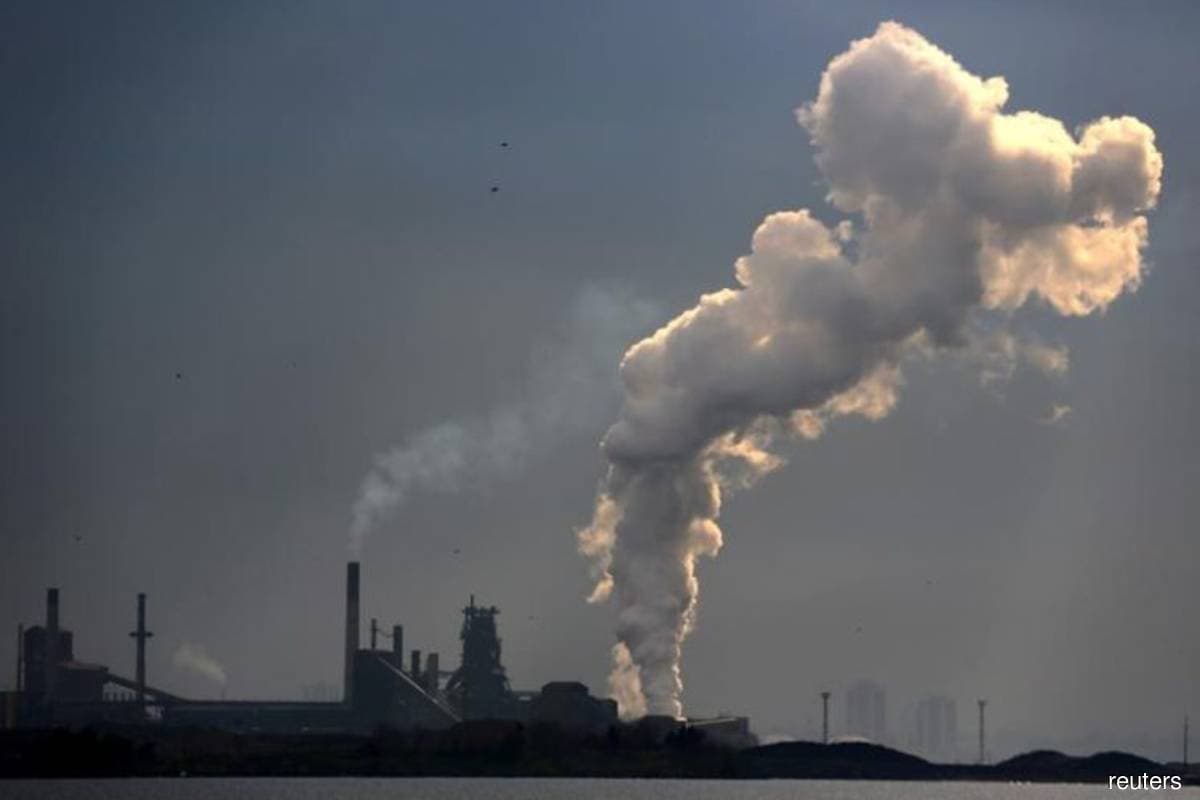
KUALA LUMPUR (Jan 10): Local producers in carbon-intensive sectors are expected to be hit either directly by the carbon tax, or indirectly through expected increased competition from trade diversion, following the new European Union (EU) rule on selected imported goods, said Hong Leong Investment Bank (HLIB) Research.
In December 2022, the EU set up the carbon border adjustment mechanism (CBAM), which imposes a carbon tax on selected imported goods, and is expected to take effect from 2026.
HLIB in a note on Tuesday (Jan 10) noted that the EU is Malaysia’s third largest trading partner comprising around 9.5% of Malaysia’s total trade in 2019 (pre-Covid-19 pandemic). Malaysia is a net exporting country, with the value of its exports as a percentage of gross domestic product (GDP) at 68.8%, and total trade at 130.6% of GDP, in 2021.
Citing a study from the Commonwealth Secretariat, it said Malaysia exported US$769 million (RM3.36 billion) of CBAM-related products to the EU in 2019, which was equivalent to about 3.5% of the country's US$22.1 billion total export value.
The composition of the CBAM-related products exported to the EU were iron and steel (73.4%), aluminium (23.5%), fertilisers (1.9%), and cement (1.2%).
Steel maker Hiap Teck Venture Bhd under HLIB’s coverage ("buy"; target price or TP: 33 sen) does not export its products to the EU, while aluminium producer Press Metal Aluminium Holdings Bhd ("hold"; TP: RM4.54) exports an estimated 30% of its products to the region.
Nonetheless, Press Metal is relatively better positioned compared to its regional or global peers, due to the low-carbon aluminium production process of its hydro-powered smelters, the research house added.
The price of the carbon tax imposed will mirror the carbon tax on the same goods in the EU Emissions Trading System (ETS).
If the imported goods have paid a carbon price in another country, then the corresponding cost can be used to offset the CBAM carbon tax.
Currently, the goods proposed to be in the scope of the CBAM include iron and steel, cement, fertilisers, aluminium, electricity and hydrogen.
EU importers will start to collect and report embedded emissions in the CBAM products they import starting from Oct 1, 2023, while the carbon tax on imported CBAM products is expected to be implemented from 2026.
This measure aims to level the playing field and protect EU’s carbon-intensive industries, which are forced to comply with the region’s increasingly stringent carbon rules. In addition, this will also prevent carbon leakage, where companies in the EU move their production base to a country with less stringent carbon policies.
“Depending on the carbon price differential between non-EU producers and [those in the] EU, it may become cost-inefficient or unfeasible to export to the latter.
“As such, we reckon that some of these non-EU producers may try to progressively divert some of their exports to other regions, with lower or no cross-border carbon tax,” said HLIB.
It cited China as an example, which exported 3.2 million tonnes or 4.8% of its steel products to the EU and UK region in 2021.
For reference, China’s carbon price was US$8.20 (RM35.87) per tonne on Jan 6, 2023, while the EU carbon price was US$79.90 per tonne on the same date, indicating a steep price differential between the two regions.
HLIB said while the CBAM is only expected to be implemented a few years down the road, there is a steep carbon price differential between the EU and Malaysia (the carbon price is nil for Malaysia due to the absence of a carbon market).
“If corporates do not progressively internalise this cost in their operations, this will create a shock to operating cost once the tax kicks in. The operating environment is expected to become more competitive for local producers in the carbon-intensive segment, given: i) rising cost from both the cross-border carbon tax as well as the impending local carbon pricing mechanism; and ii) an expected increase in regional supply of steel and aluminium products as a result of trade diversion,” it said.
Given this development, HLIB views Bursa Malaysia’s introduction of the Voluntary Carbon Market to be timely, as this allows the market to put a price on carbon emissions.
It said the price would serve as a benchmark for corporates to develop an internal carbon pricing mechanism to start considering and internalising the cost of carbon in their businesses.
“Subsequently, when a compliance carbon pricing mechanism (either the carbon tax or the ETS) is introduced, the carbon price paid locally can be used to partially offset the carbon tax paid under the CBAM, thus mitigating its impact,” it added.
It expects the EU's CBAM to serve as a precedent and precursor for more regions to follow suit in implementing cross-border carbon tax.